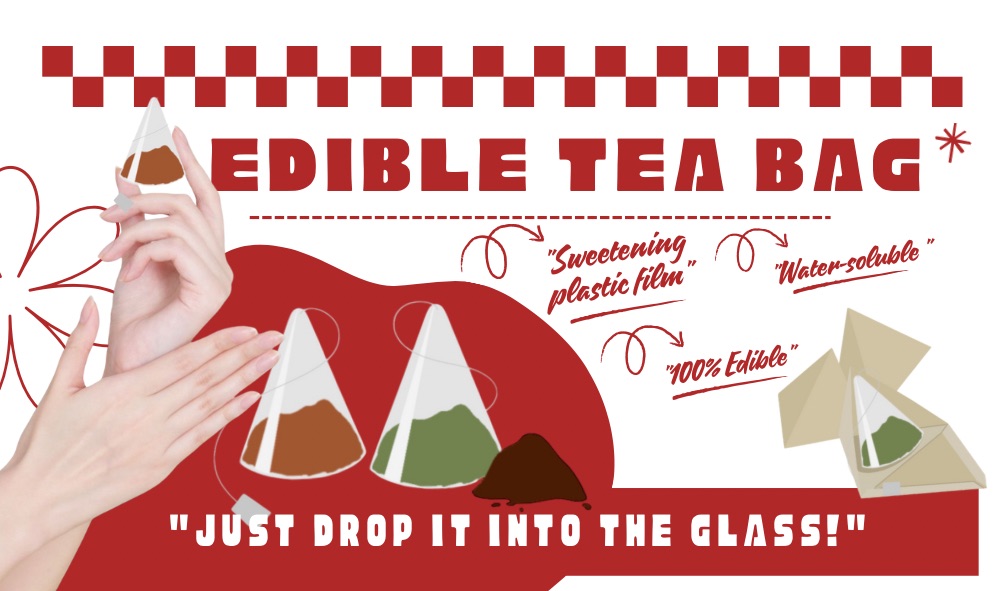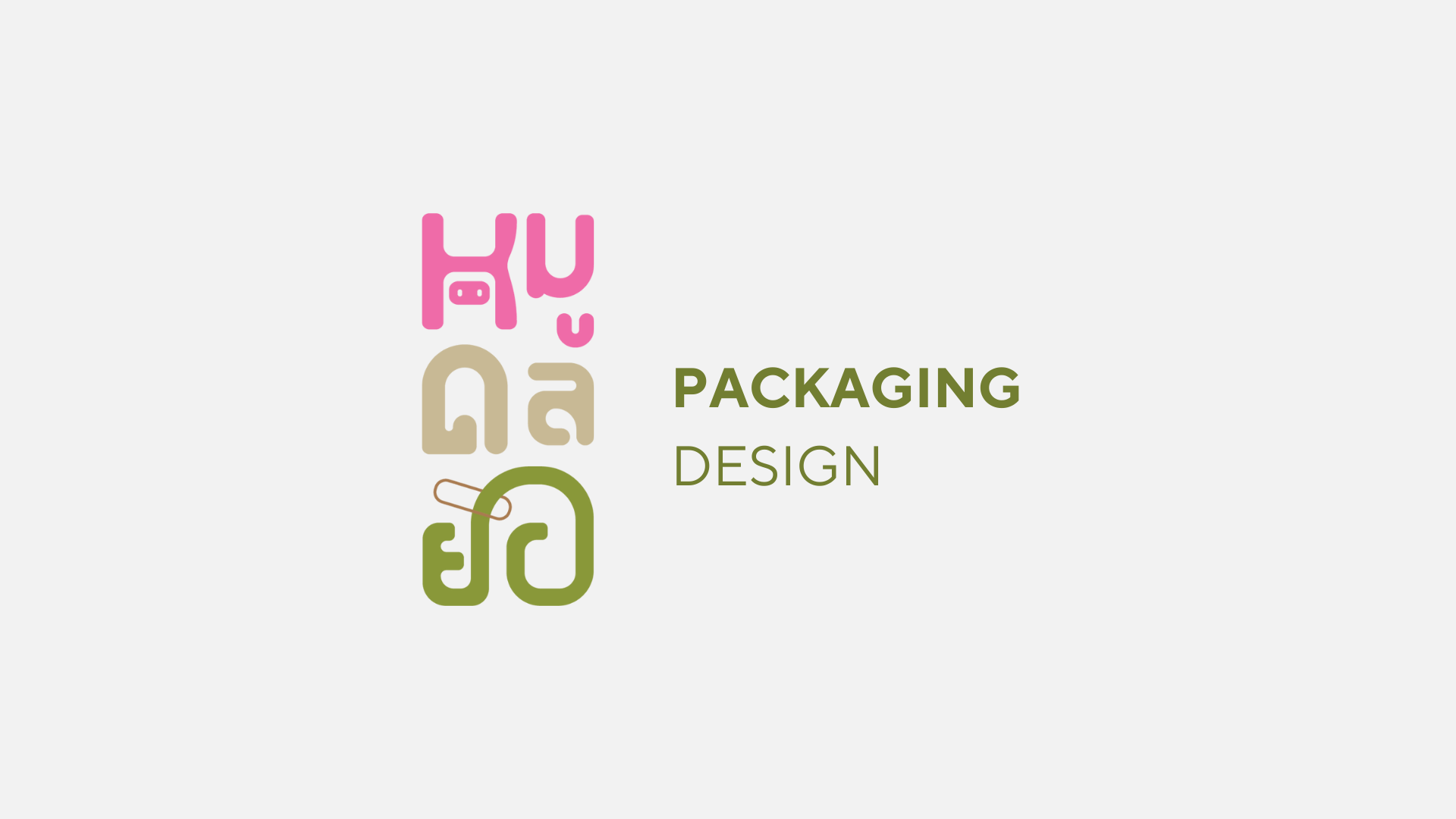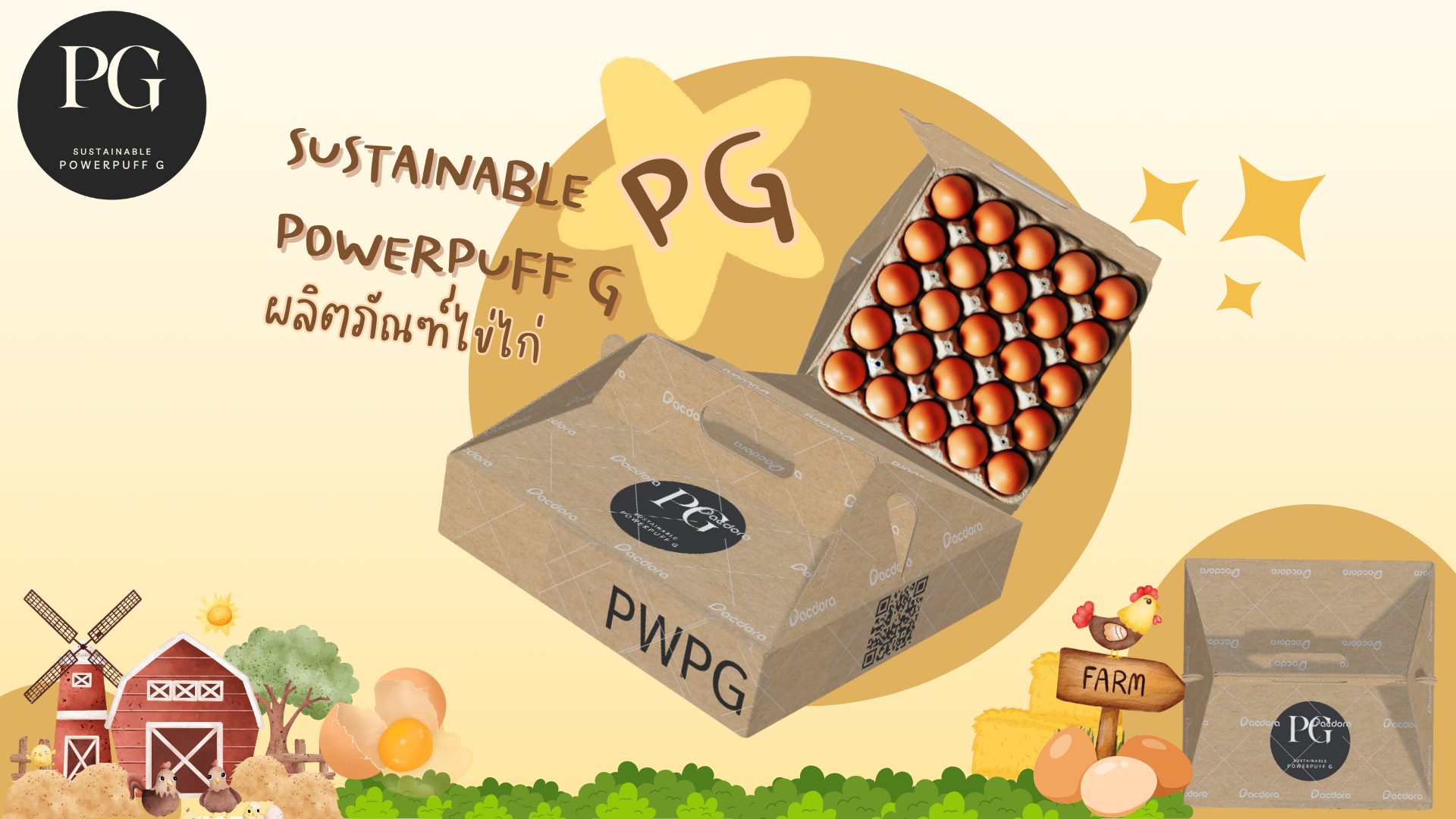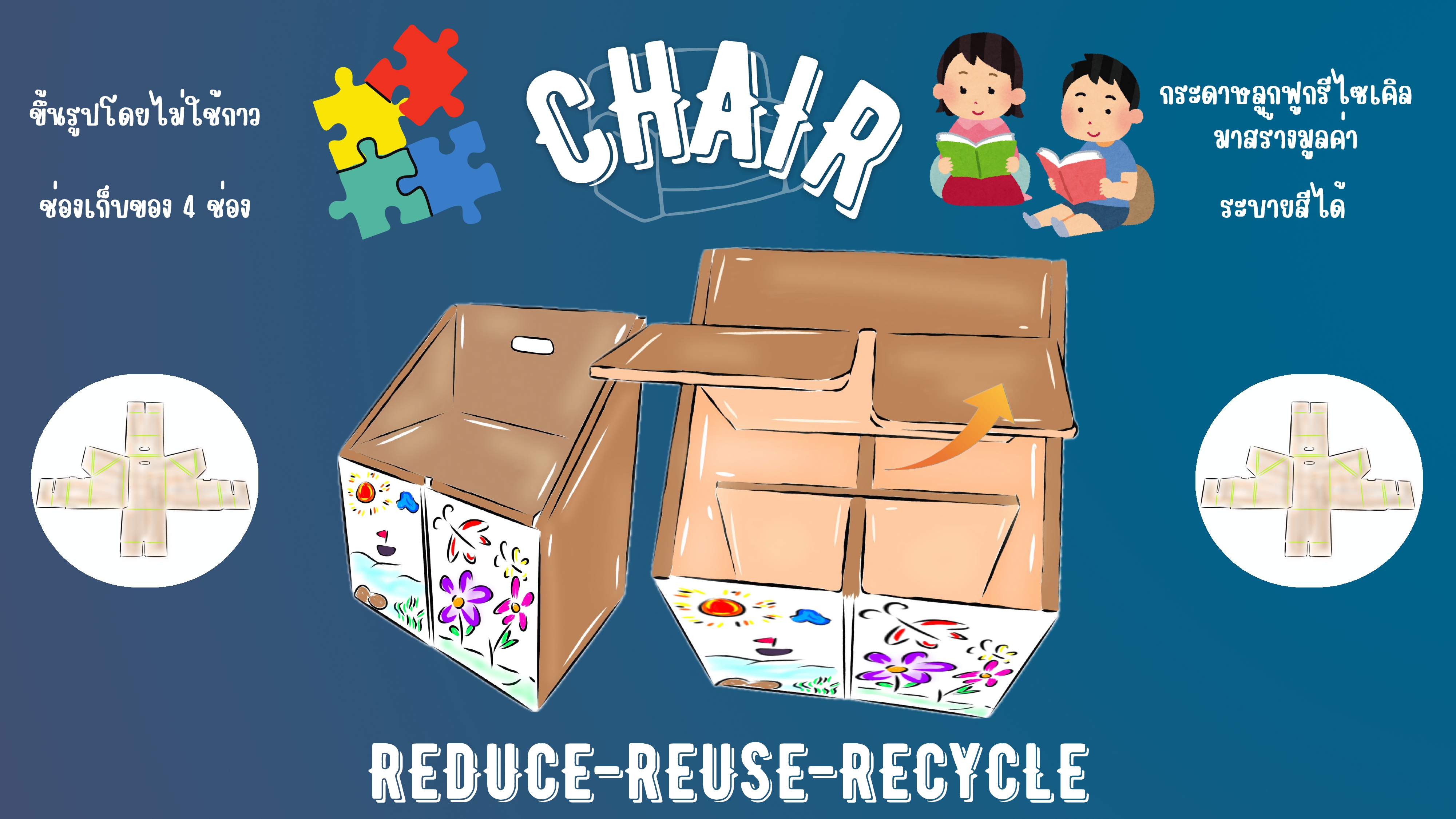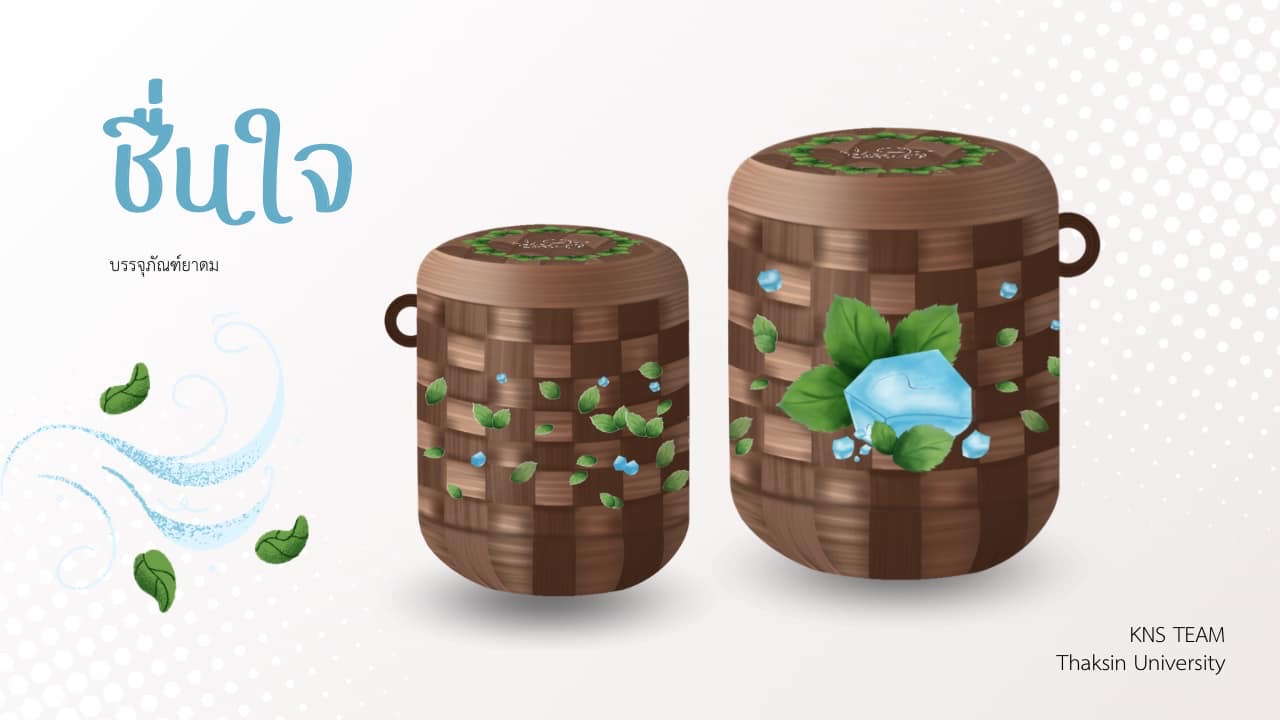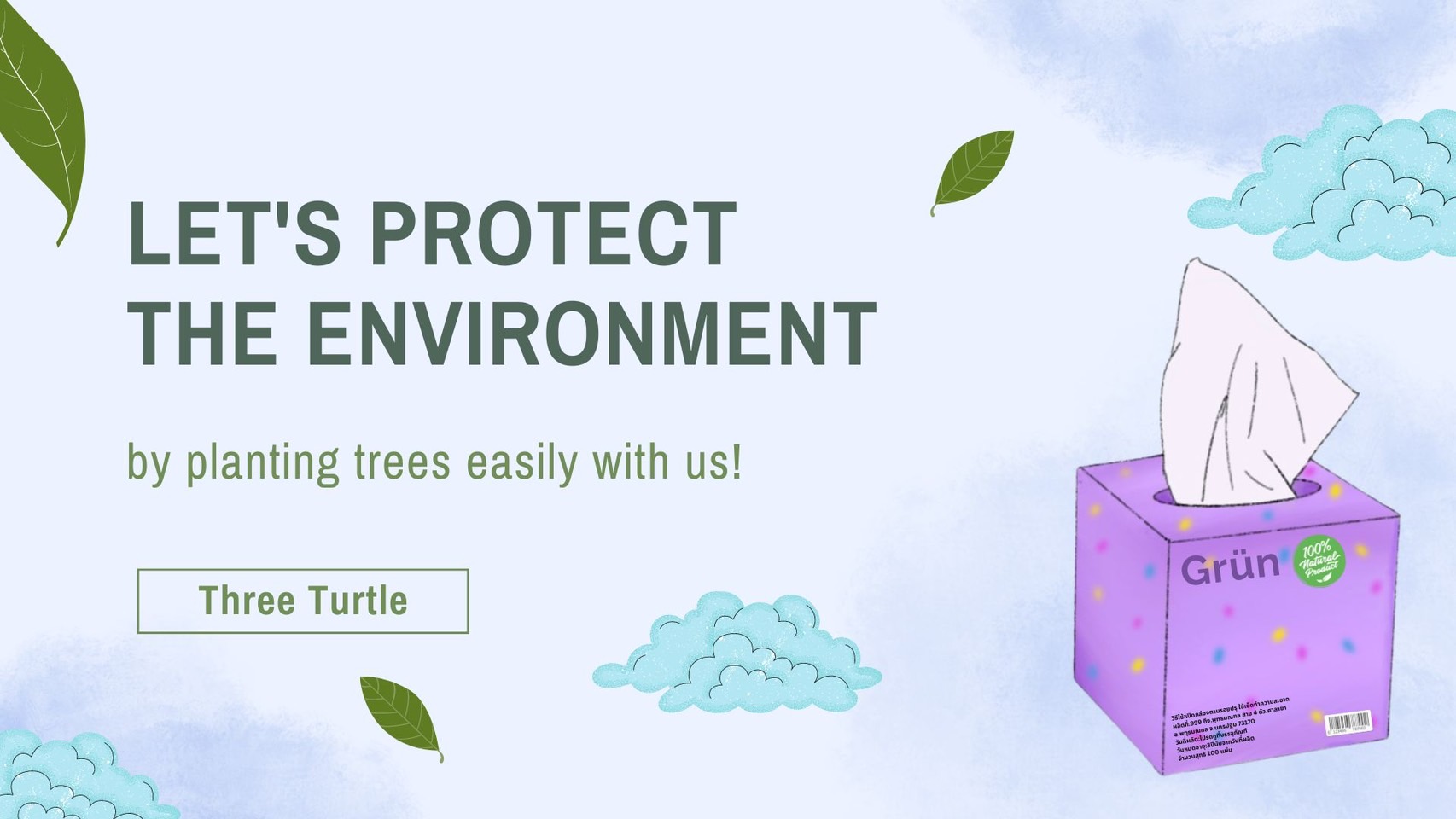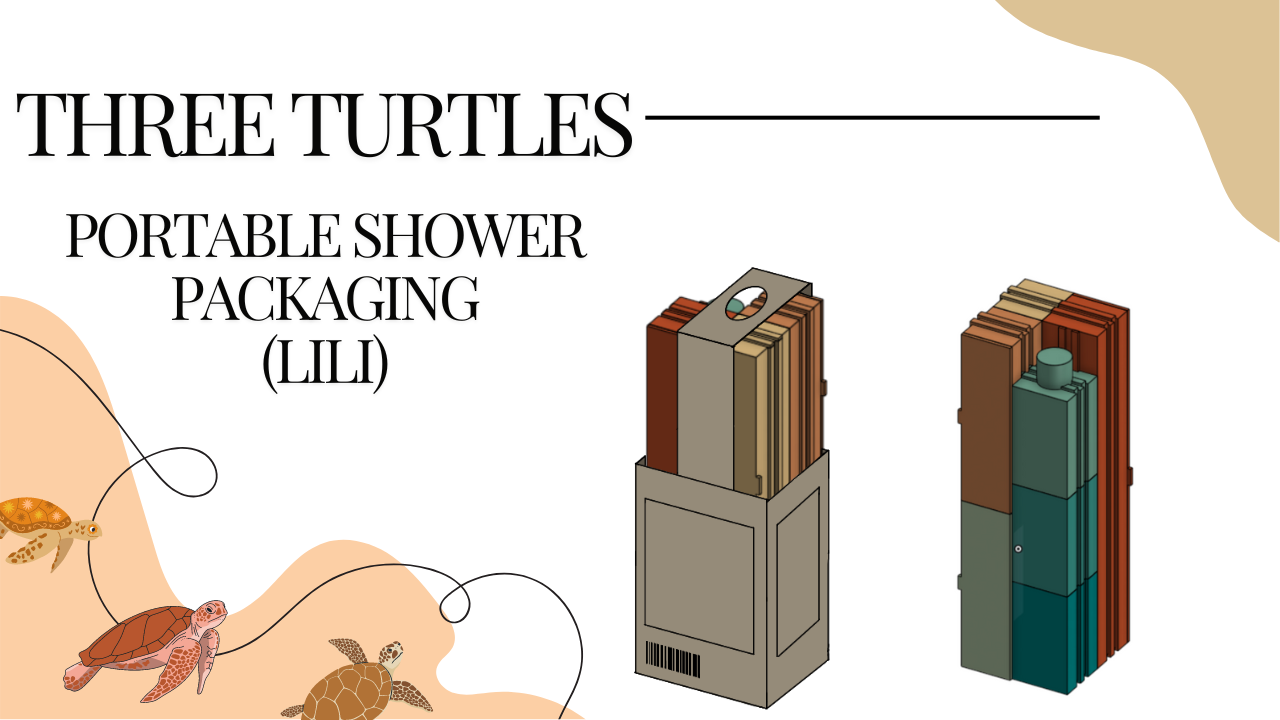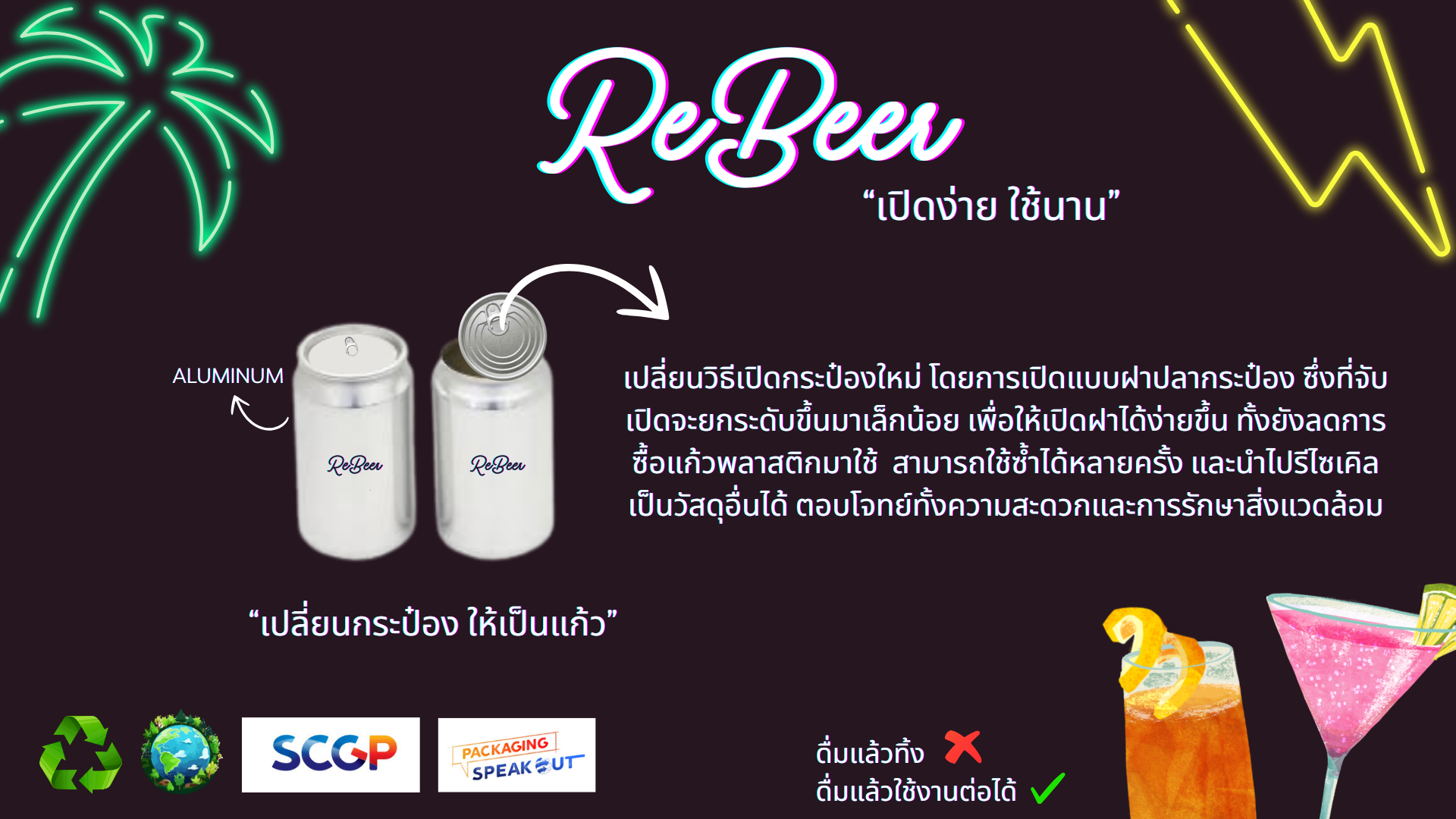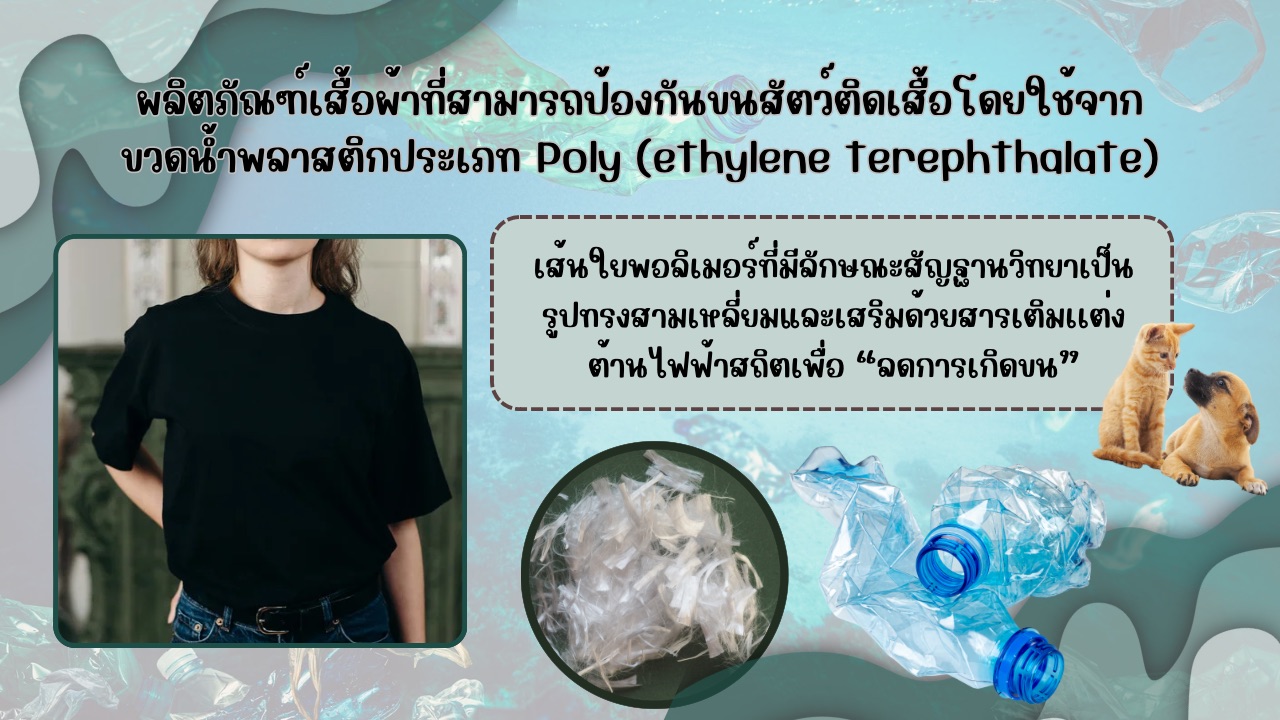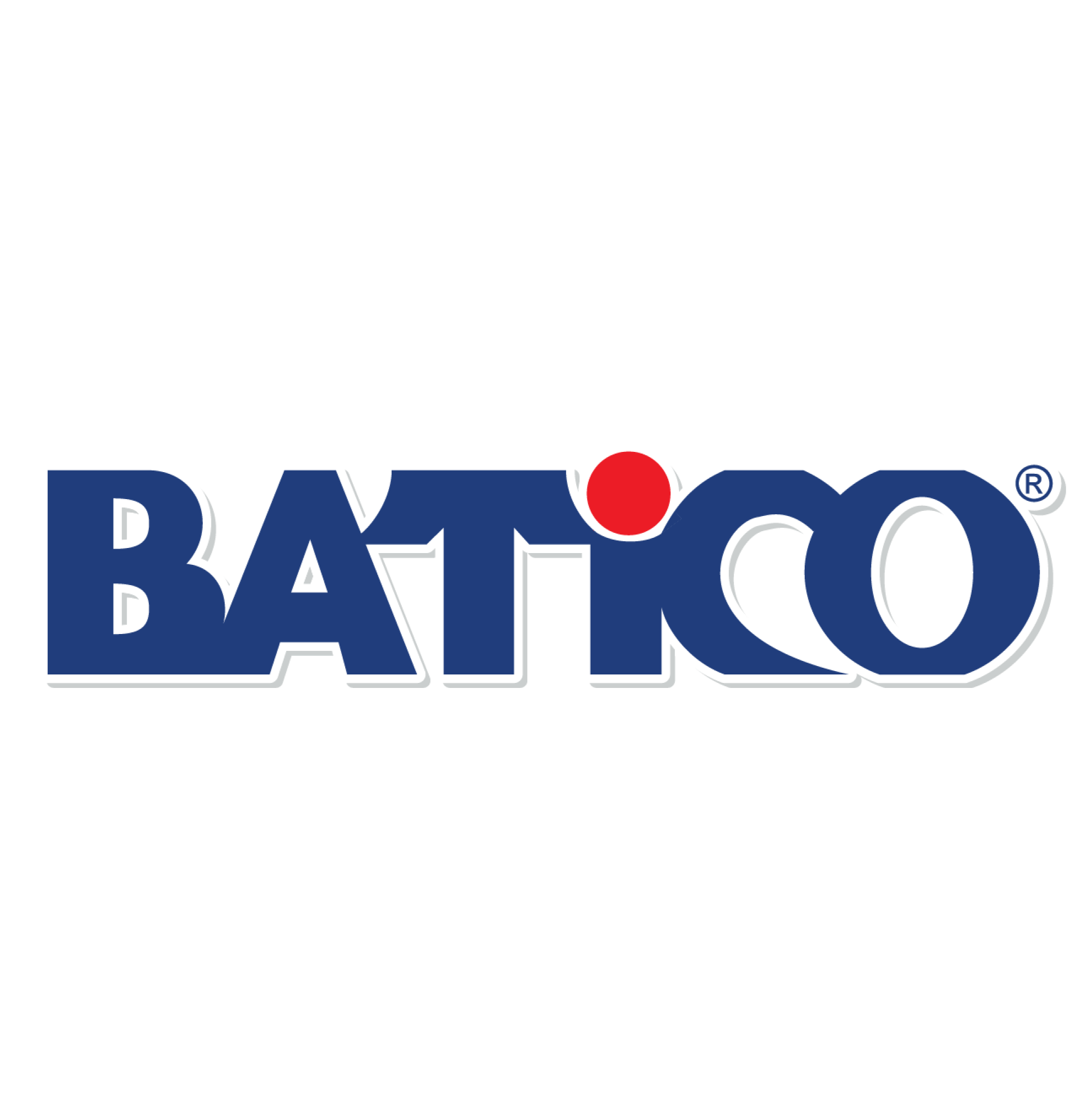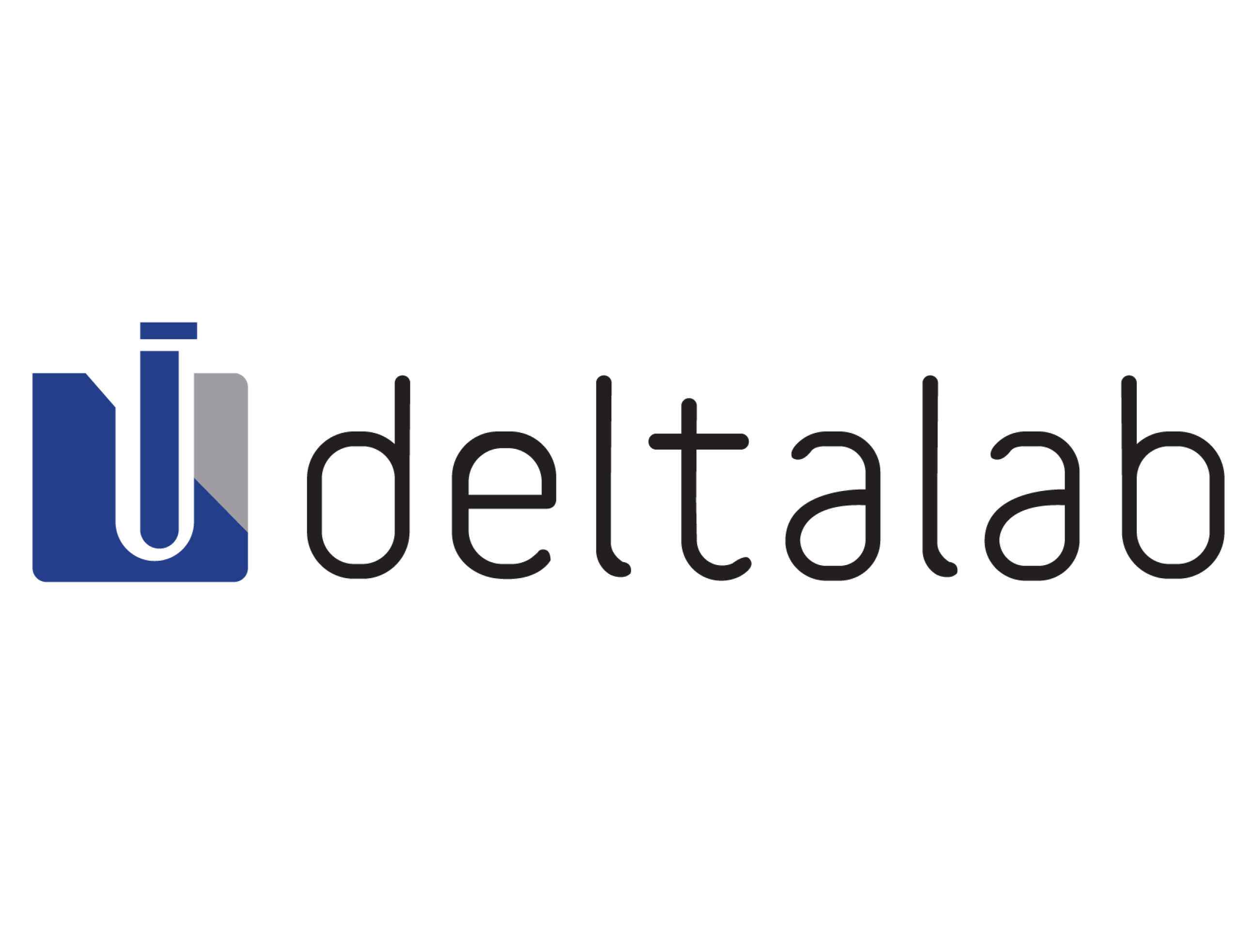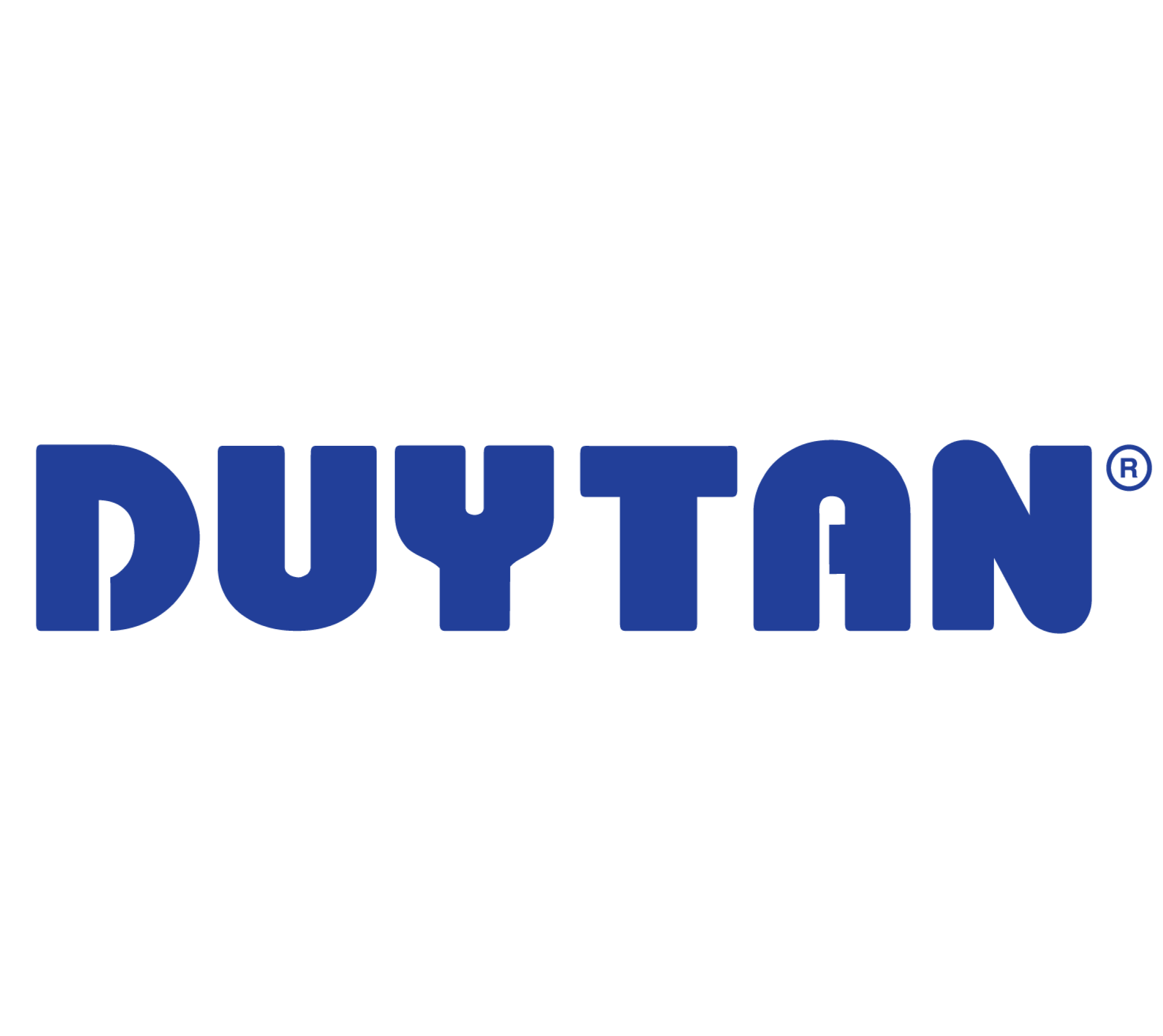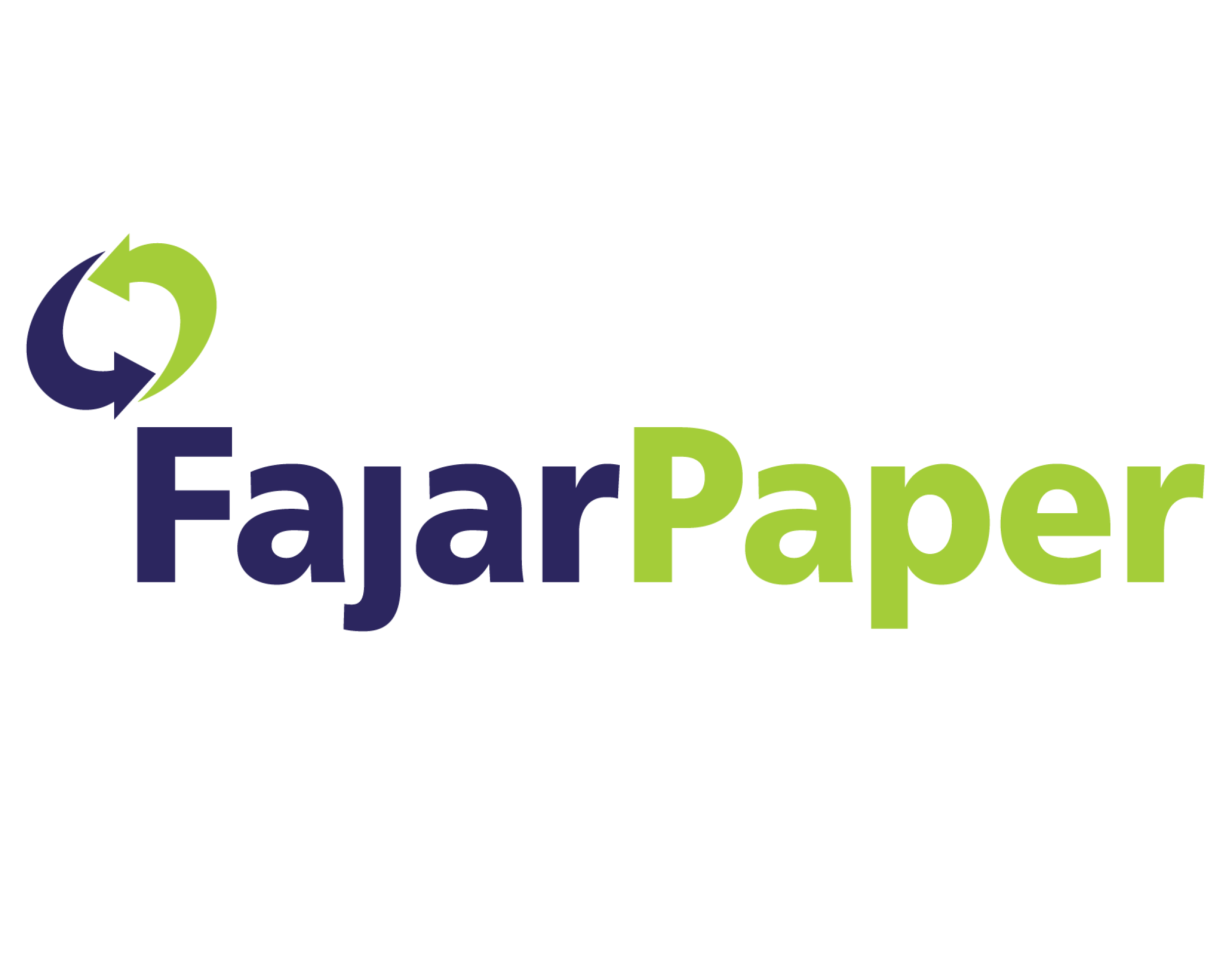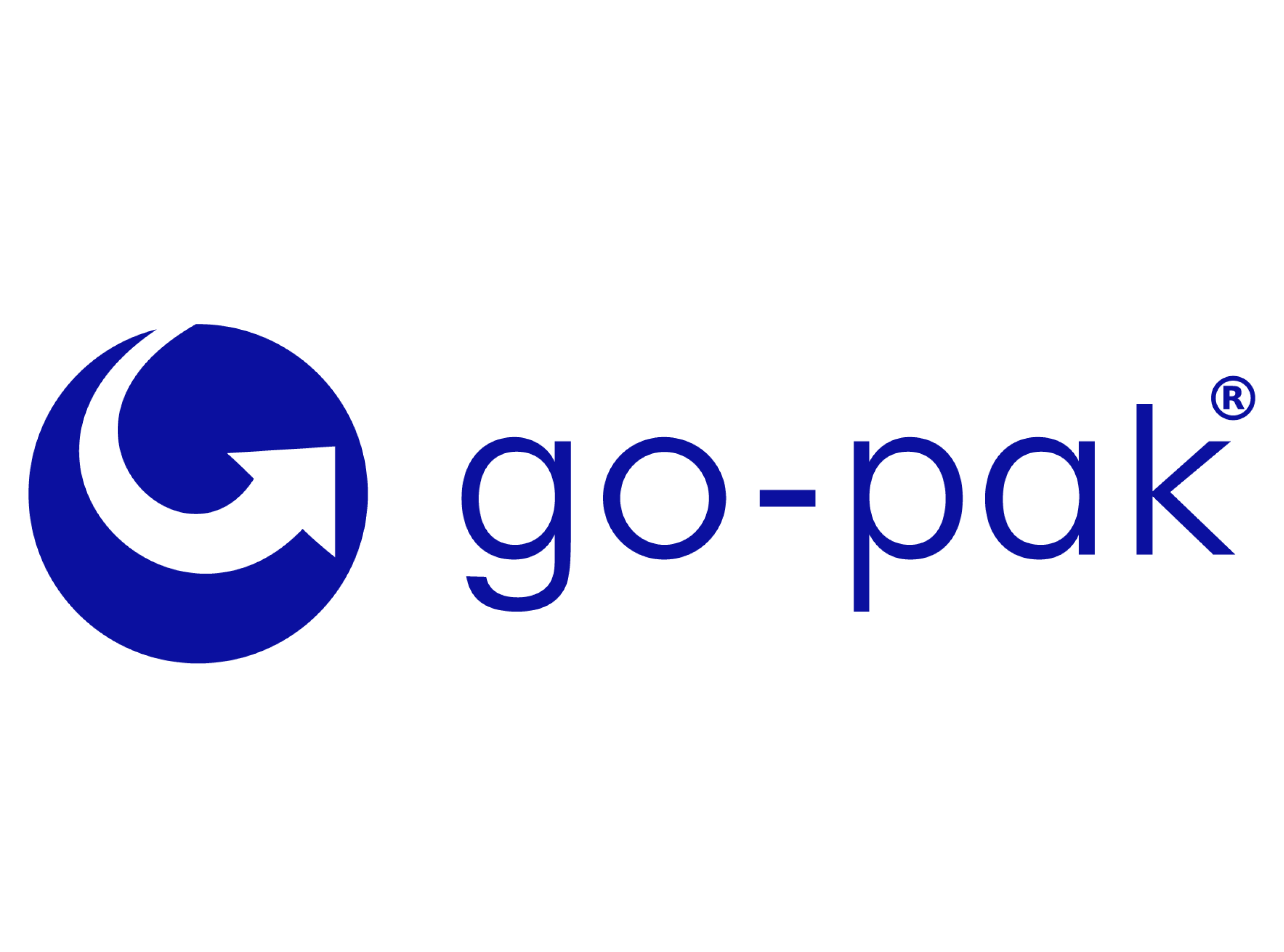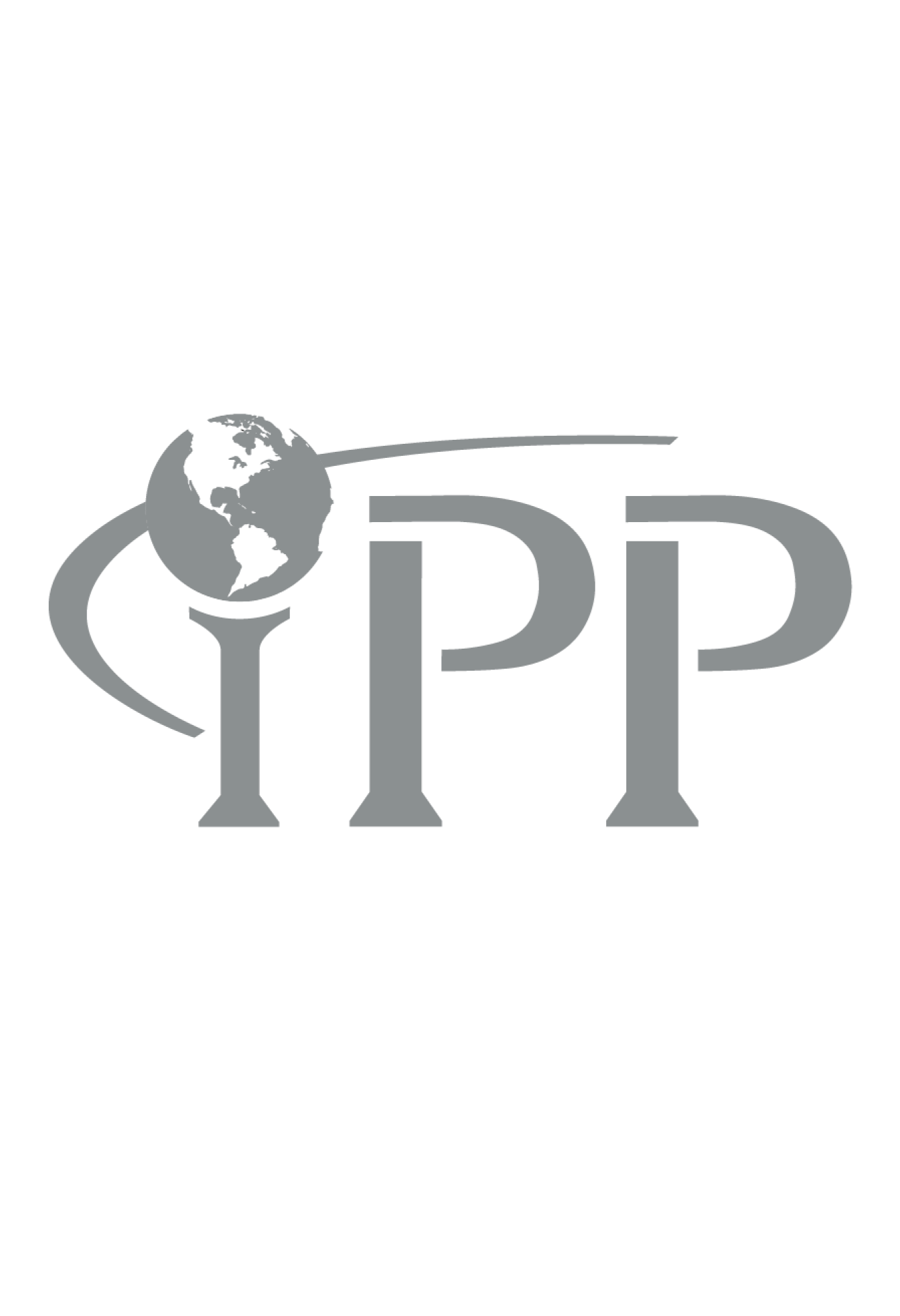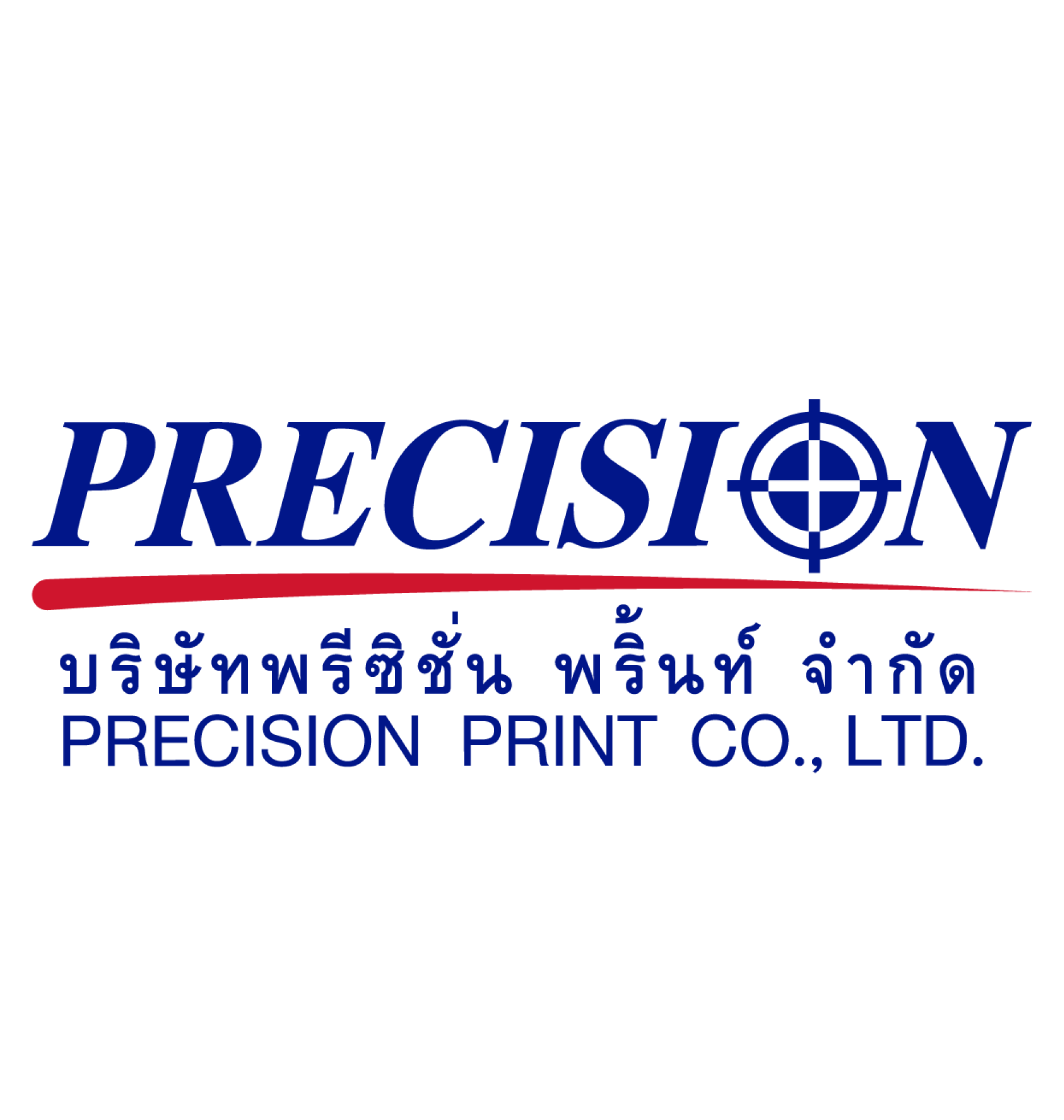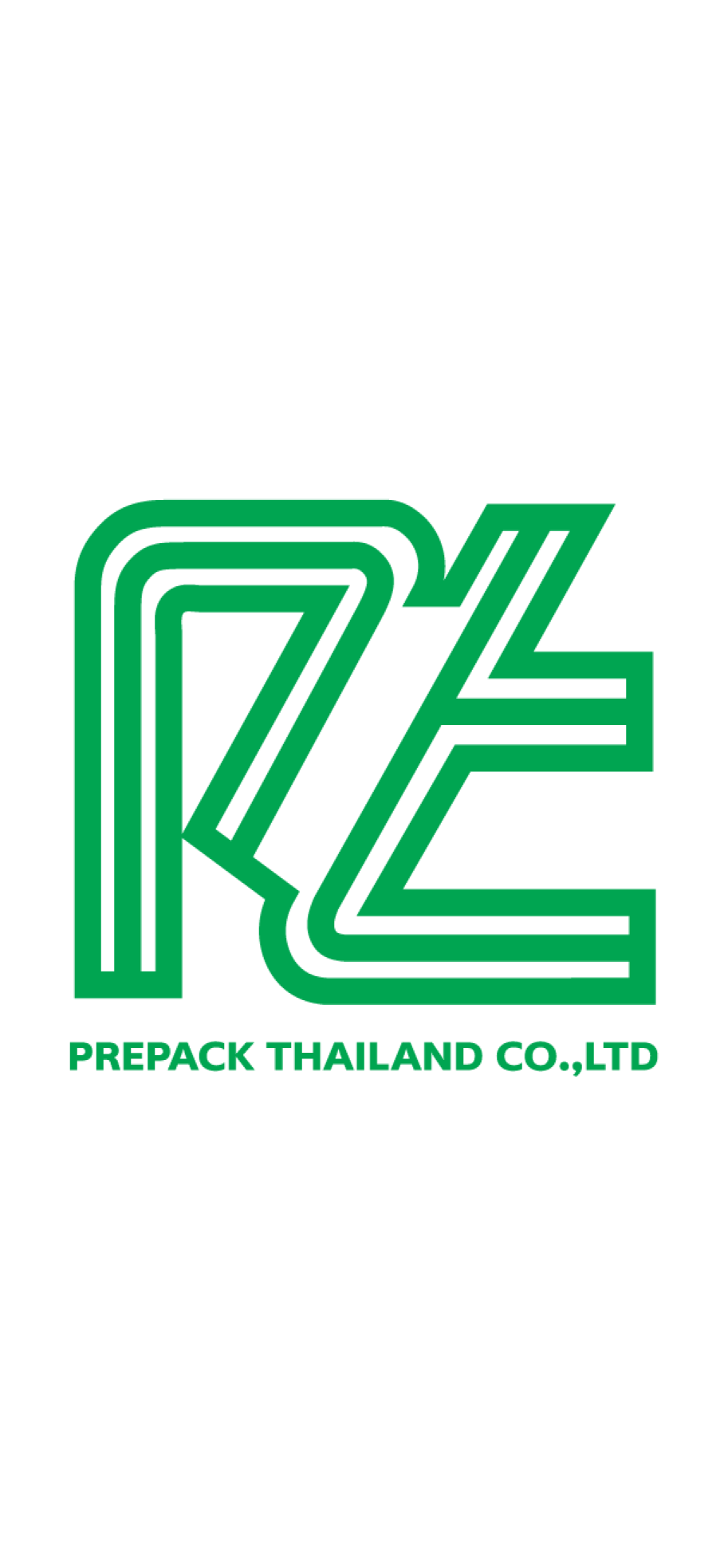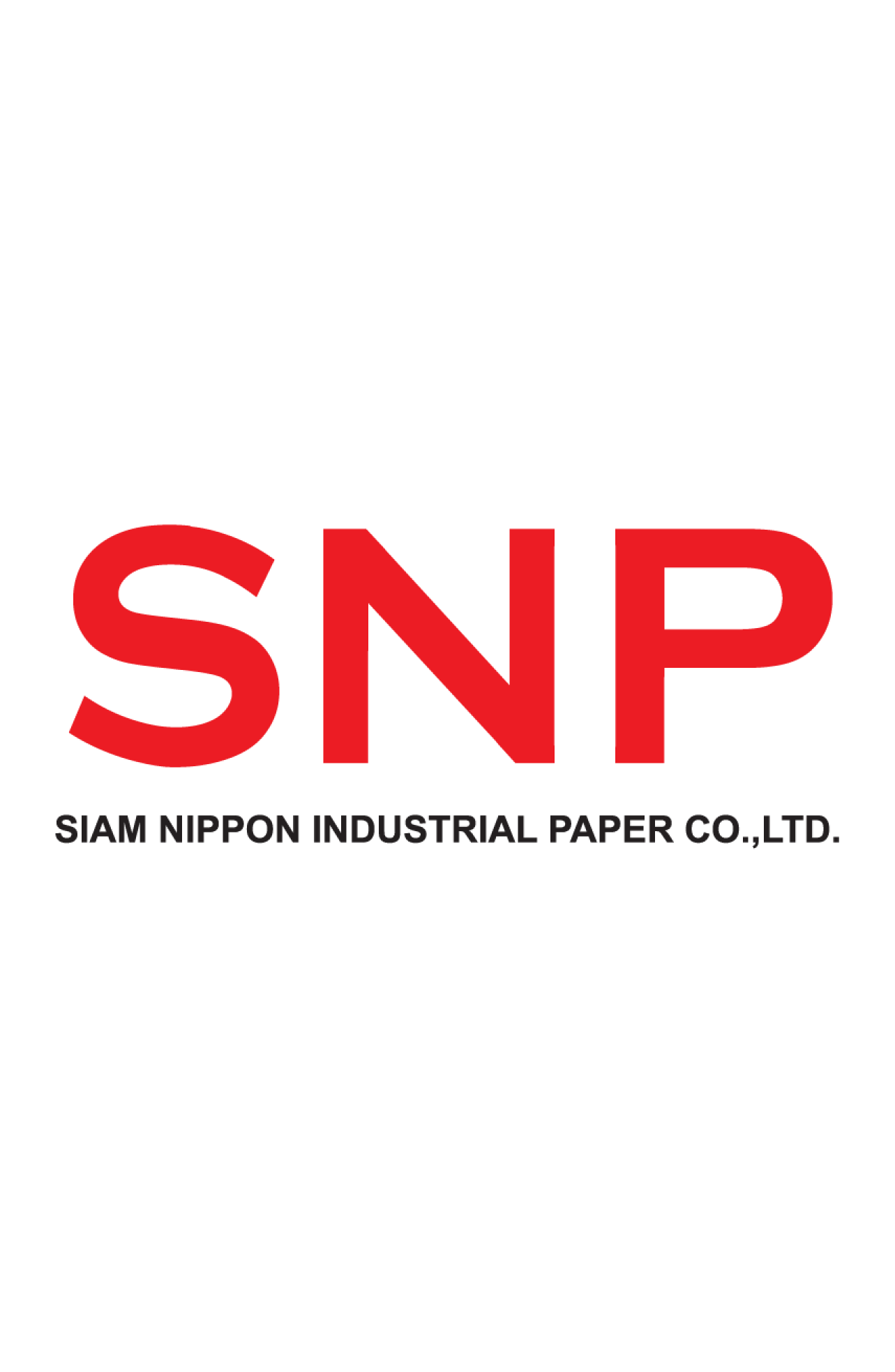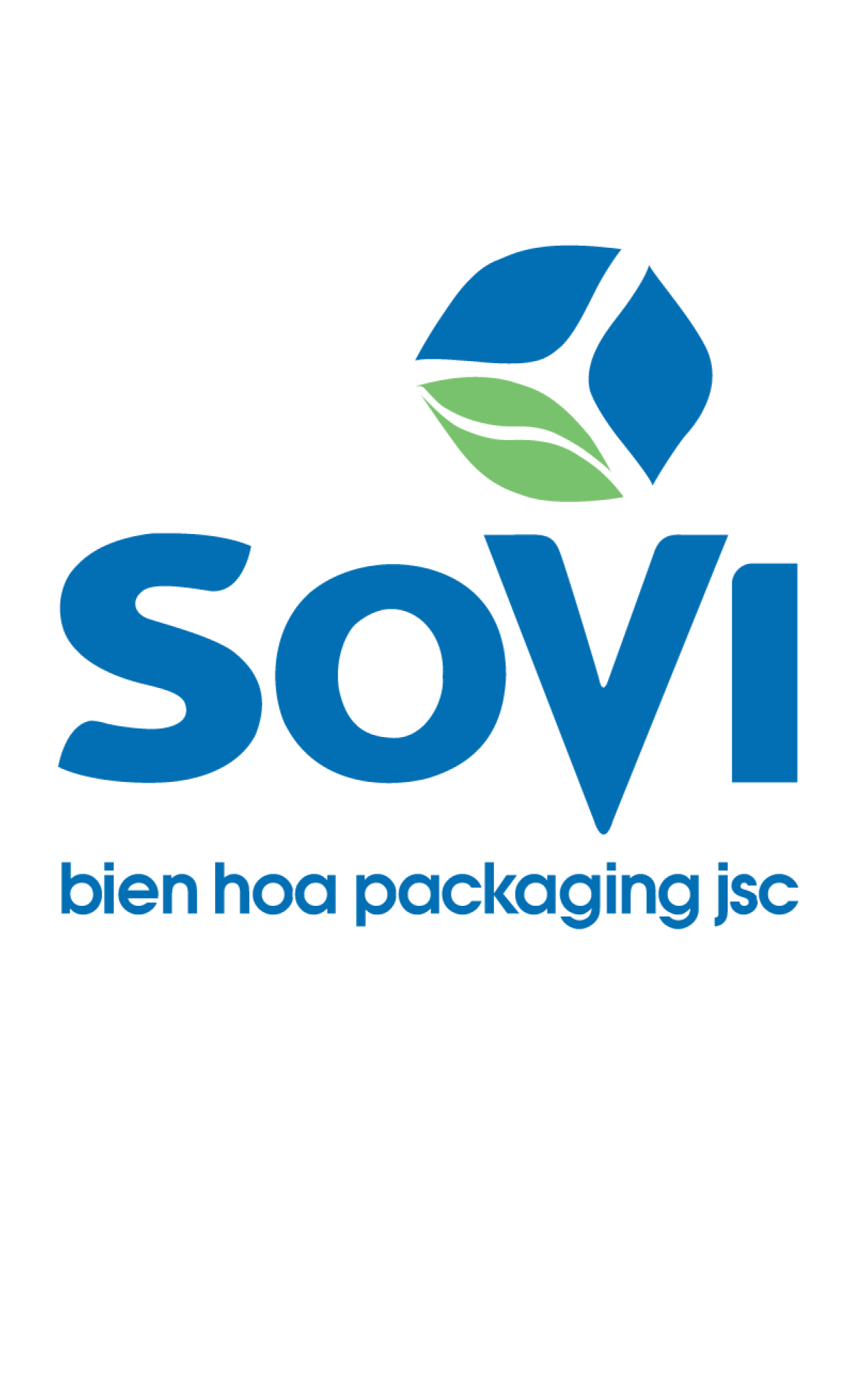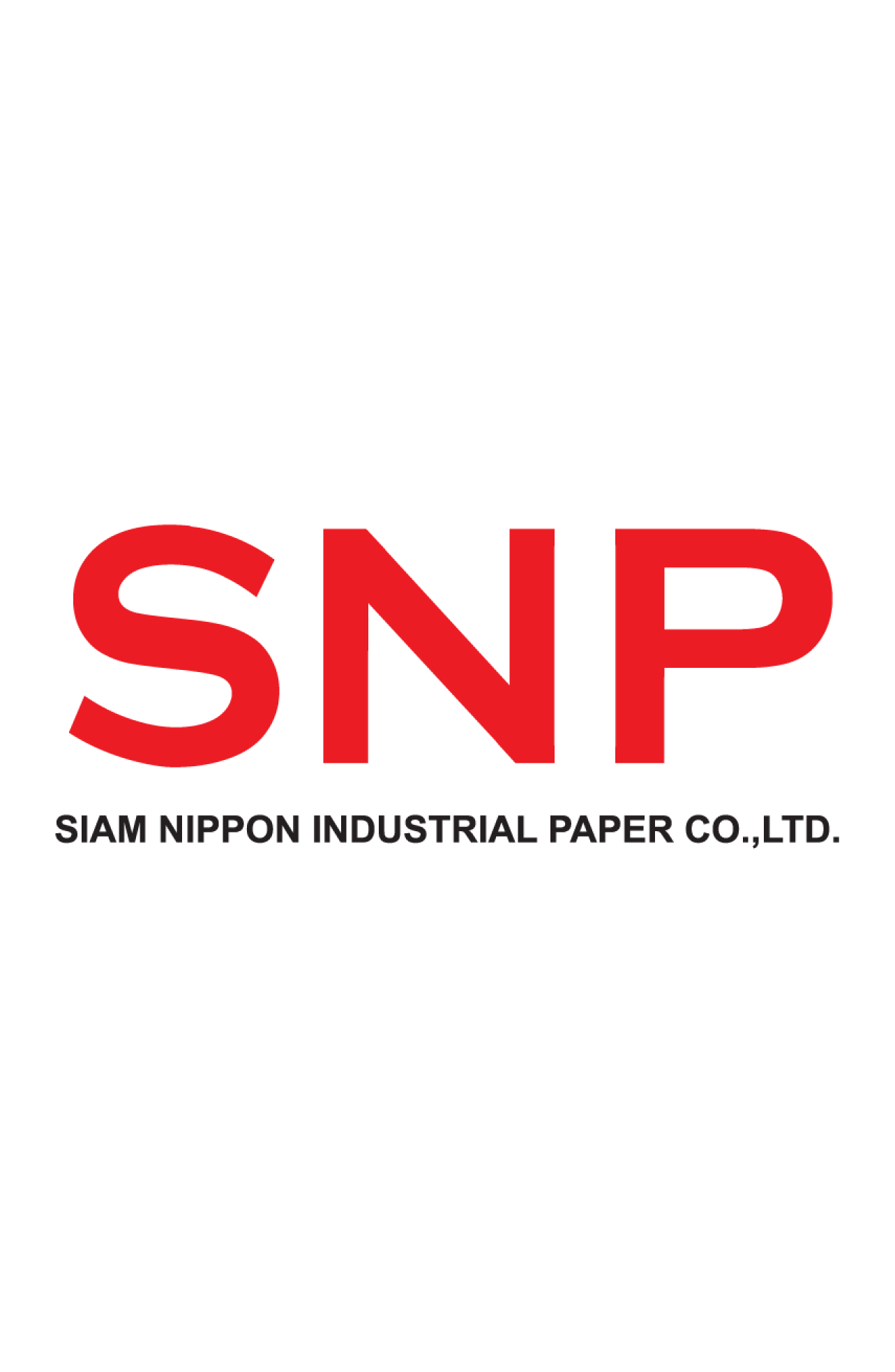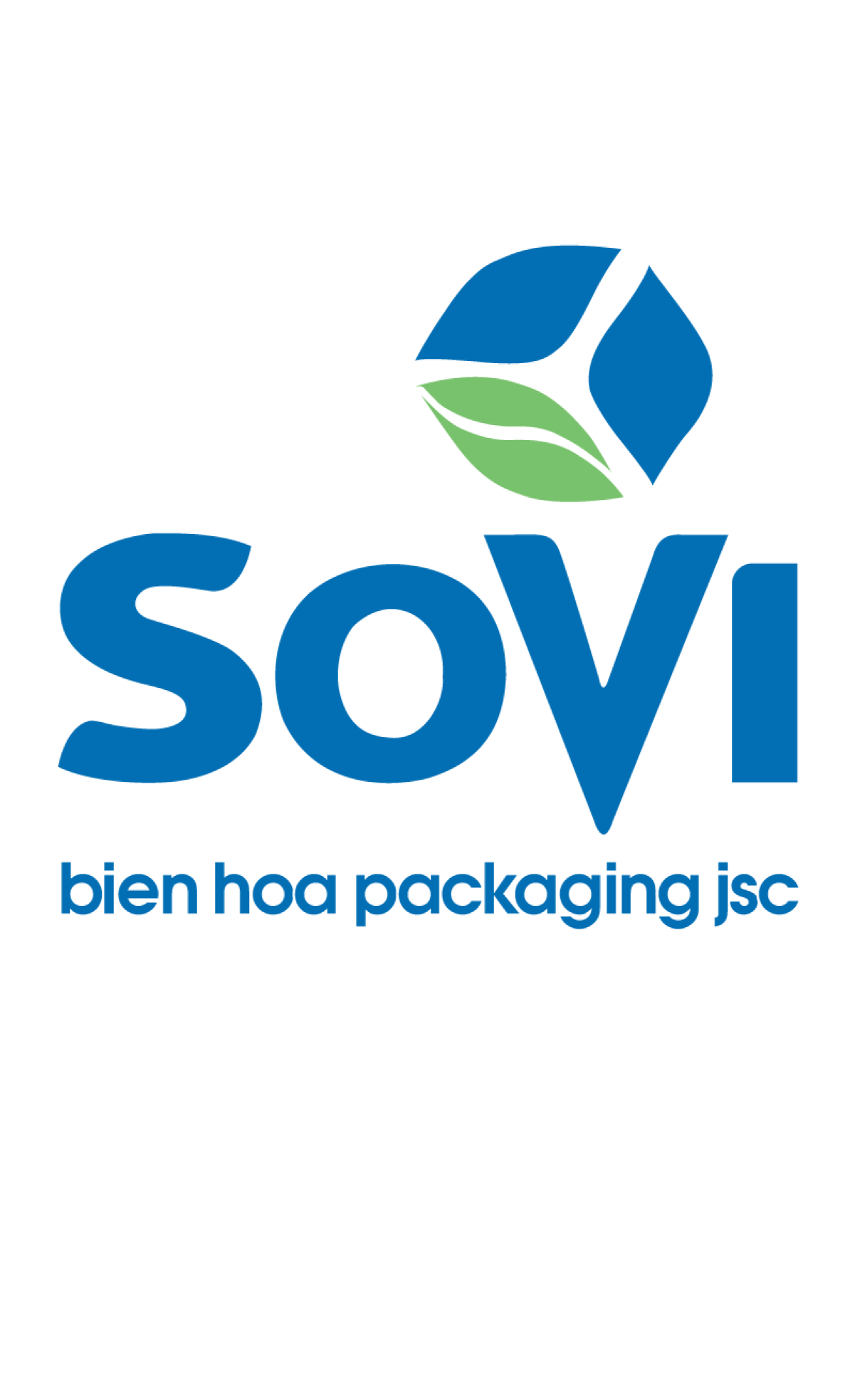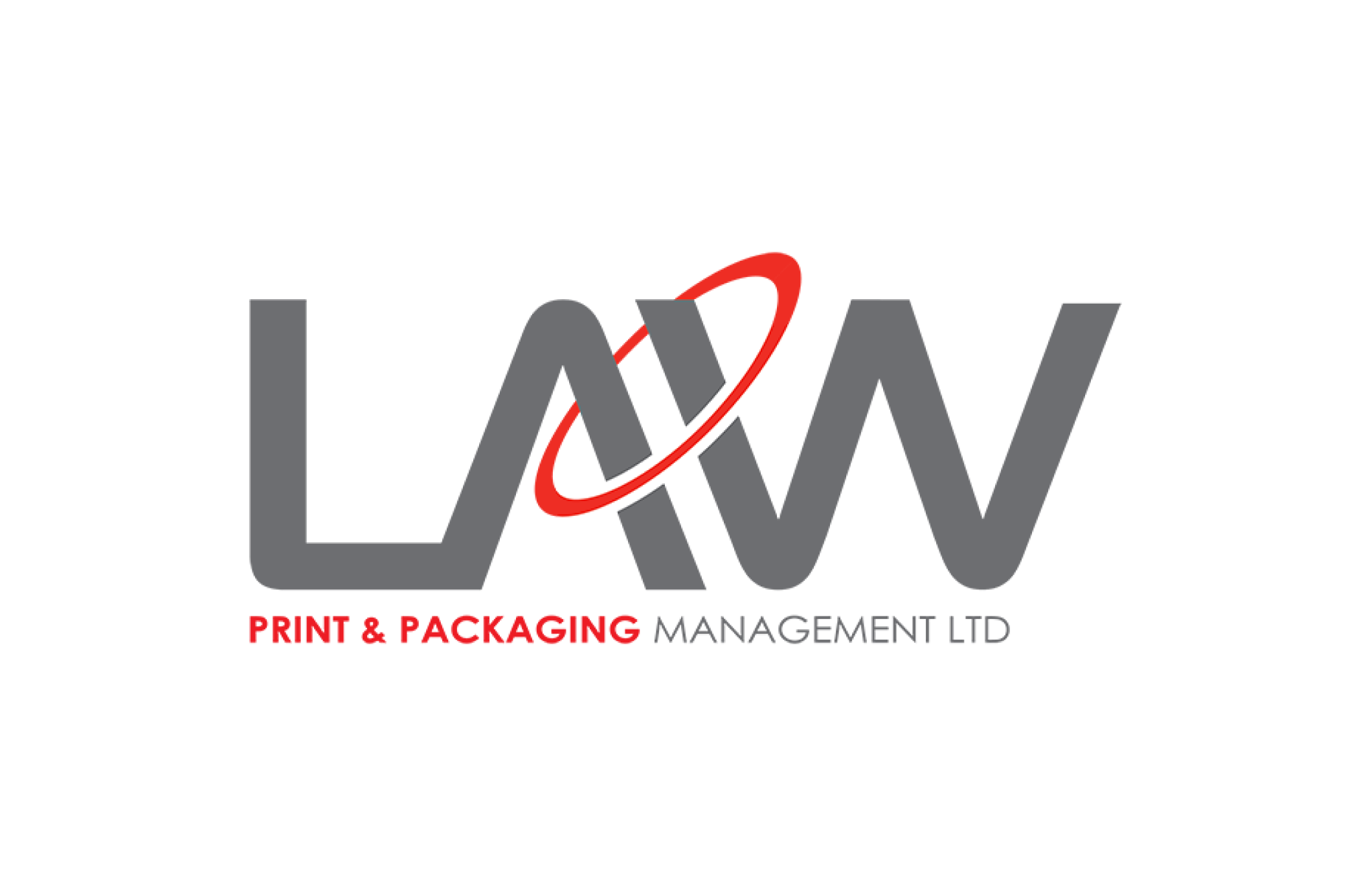SunnyNight
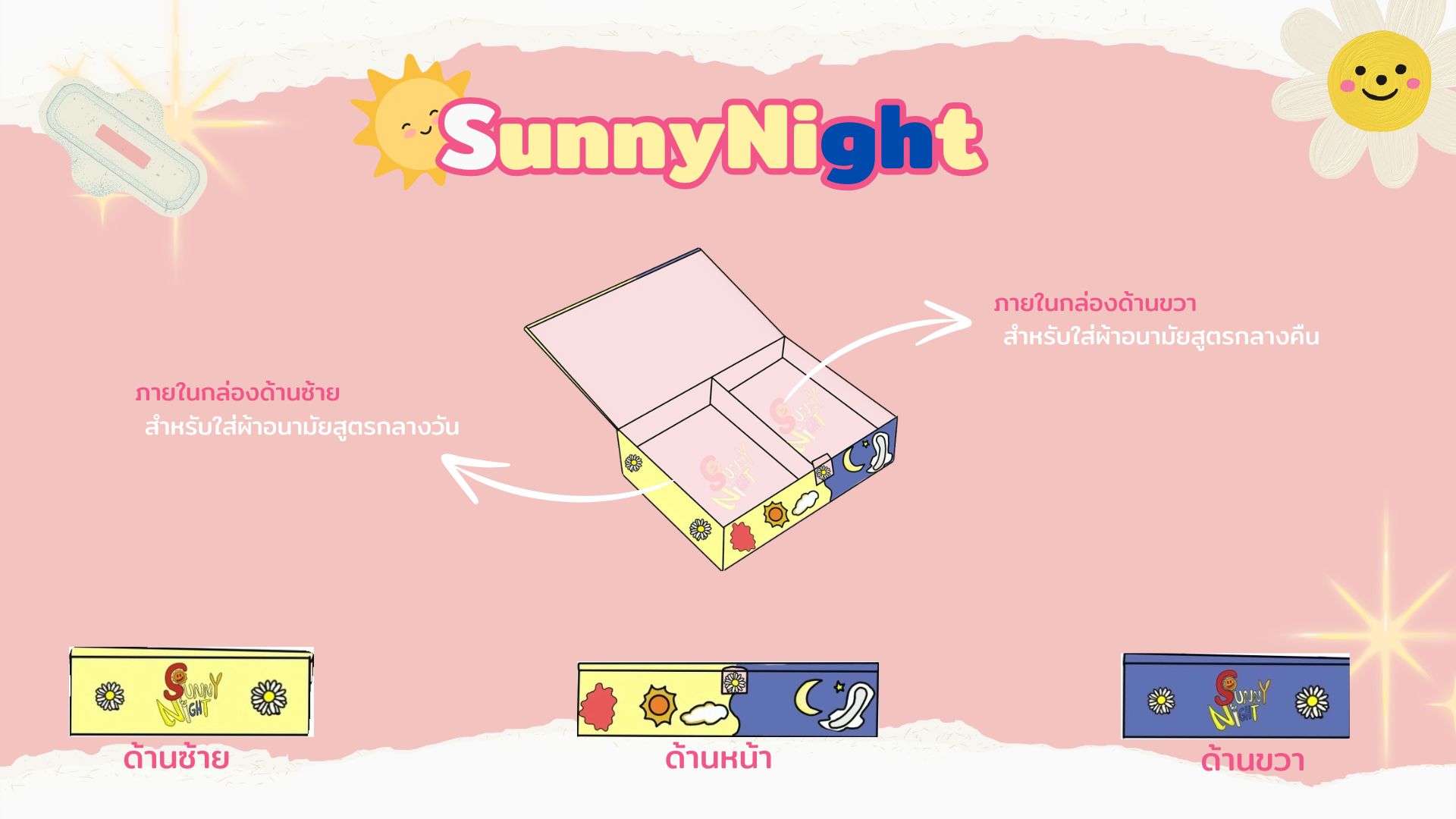
Team : TrippleM
Member
Ms Suchittra Nakhowong
Mr Dulyawat Sitthi
Ms Lalana Kosapitak
Idea Background
The initiative stems from a desire to reduce waste generated by single-use products, which is a significant environmental issue today. Traditional sanitary pads are typically made from non-biodegradable materials, contributing to a large amount of plastic waste. Offering products made from natural and biodegradable materials not only meets the needs of environmentally-conscious consumers but also adds sustainable options to the market. Additionally, using packaging made from recycled materials that can be reused for storage helps further reduce waste and adds value to the product. The goal is to enable consumers to choose products that are beneficial for both health and the environment, creating a sustainable future.
Brand Development Goals
To increase options for eco-friendly sanitary products for consumers, aiming to reduce the waste generated from traditional pads by designing products that offer value to consumers, while allowing them to repurpose part of the product.
Market Situations
The use of sanitary pads during menstruation is a major contributor to significant waste, as women of reproductive age need them for personal hygiene. Annually, there are over 12 billion non-biodegradable pads, amounting to approximately 40 million tons of infectious waste that cannot be recycled. Moreover, sanitary pads consist of various materials such as absorbent gel and organic substances, making recycling difficult. The plastic packaging that often encases pads further increases monthly plastic waste (OKMD, 2021).
In the past year, consumers worldwide have become more aware of environmental issues, especially among Gen Z, who are particularly engaged. Research by Kantar indicates that environmentally-conscious consumers have increased by 20%. Additionally, consumers are willing to pay a higher price for eco-friendly products, with 37% of Thai consumers ready to spend more to support social and environmental responsibility.
However, organic eco-friendly sanitary product options in Thailand remain scarce, limiting choices for health- and environmentally-conscious consumers. Developing biodegradable organic pads is crucial for expanding market options and meeting consumer demand. Creating such products will not only help reduce waste from disposable products but also promote sustainable living, enabling consumers to choose high-quality products that contribute to a better world.
PESTEL Analysis
- Political: Currently, Thailand does not offer tax reductions or exemptions for sanitary pads, resulting in higher costs for consumers due to included VAT in retail prices.
- Economic: The sanitary pad market is growing at an average of 5% annually, providing expansion opportunities for businesses, despite facing economic challenges and increased competition. Thailand's economy is expected to slow in 2024, with a projected GDP growth rate of 3.2% and high inflation rates (Krungsri).
- Social: The green movement has gained momentum due to various factors, including visible climate change impacts on human well-being and health, leading to increased public awareness of sustainability (finbiz by ttb, 2024).
- Technological: Utilizing information technology to promote products and enhance consumer understanding, along with using versatile materials, gives products a technological advantage.
- Environmental: Efforts are focused on reducing plastic usage in production, designing products with minimal environmental impact, and ensuring they can be reused and recycled.
- Legal: Government regulations continue to control sanitary pad prices as essential consumer goods, maintaining standards for affordability.
Five Forces Analysis
- Bargaining Power of Customers: High, as consumers have numerous brand options, allowing easy price and quality comparisons.
- Bargaining Power of Suppliers: High, since maintaining product quality depends on high-quality raw materials, which are generally pricier than standard materials.
- Threat of New Entrants: Low, as established brands retain customer loyalty, and consumers often trust long-standing brands with proven standards.
- Threat of Substitute Products: High, with increasing consumer awareness of environmental issues leading to a rise in popularity of eco-friendly alternatives like menstrual cups and washable pads, which are cheaper in the long run.
- Rivalry Among Existing Competitors: High, as consumer choice is abundant. Established brands drive fierce competition, compelling producers to refine products to meet customer preferences.
SWOT Analysis
- Strengths:S1: Use of eco-friendly materials.S2: Boxes that can be reused for storage.S3: Larger quantity of items compared to competitors
- Weaknesses:W1: Relatively high price.W2: Limited product variety.
- Opportunities:O1: Growing consumer interest in environmental issues.O2: Few eco-friendly menstruation products in Thailand.
- Threats:T1: Cheaper similar products.T2: Not an everyday item.
TOWS Analysis
- SO Strategies: Leverage eco-friendly materials and reusable packaging in marketing campaigns highlighting the importance of sustainability to meet increasing market demand.
- WO Strategies:W1, O1: Reduce prices during promotions to attract eco-conscious customers and demonstrate product value through advertising.W2, O2: Expand the range of eco-friendly menstruation products to increase diversity and meet consumer needs.
- ST Strategies:S1, T1: Clearly communicate the unique value of products (e.g., natural materials) to foster customer loyalty and mitigate risks from cheaper competitors.S3, T2: Emphasize larger pack sizes to create perceived long-term value for consumers.
- WT Strategies:W1, T1: Explore market opportunities to reduce production costs for more competitive pricing.W2, T2: Diversify product offerings to better meet consumer demand amid limited choices.
Segmentation, Targeting, Positioning (STP)
- Segmentation:Demographic: Students, working adults.Behavioral: Regular bulk buyers vs. occasional single-pack buyers.Psychographic: Eco-conscious lifestyle vs. unaware consumers.
- Targeting:Primary Target: Working adults purchasing in bulk for savings, focusing on eco-friendly products and value.Secondary Target: Students buying based on packaging without much environmental consideration.
- Positioning: The brand will stand out for its use of organic and eco-friendly materials, with both the pads and packaging made from recyclable materials, allowing consumers to contribute to environmental sustainability by repurposing the boxes.
Persona
- Name: Pan
- Age: 28
- Occupation: Office worker
- Income: 25,000 - 45,000 THB/month
- Description: Trendy, follows sustainability trends, enjoys a minimalistic lifestyle, and is conscious about purchasing eco-friendly products. Plans purchases in advance, favoring durable and valuable items.
- Interests: Interested in selecting eco-friendly products.
- Needs: Eco-friendly products that are reasonably priced, from trustworthy brands.
4P Marketing Mix
- Product: Made from natural, biodegradable materials, eco-friendly, with recyclable packaging that can be used for storage.
- Price: Slightly higher than competitors due to quality materials and specialized production processes.
- Place:Online: Available through the company website and Facebook.Offline: Available at convenience stores and supermarkets.
- Promotions:-Advertising: Short ads showcasing eco-friendly production processes and product usage across various brand platforms, highlighting environmental benefits and utilizing relatable influencers.-Public Relations: Brand story promotion, new product launches, and CSR activities related to the environment.-Sales Promotion: Initial launch discounts, promotional giveaways, and loyalty point systems to encourage repeat purchases.-Digital Marketing: Engaging content on social media about women’s health and environmental issues.
Key Performance Indicators (KPIs)
- Product: Target sales of 20,000 units.
- Price: Achieve over 100% sales growth.
- Place:1,000 average daily website visits, with online sales accounting for 30% of total sales.Increased distribution channels.
- Promotions:High engagement in advertisements and PR activities, reaching 5,000 interactions per post.20% increase in positive media coverage.15% sales increase during promotions compared to the previous year.Increase social media followers by 50,000 in the first six months.

